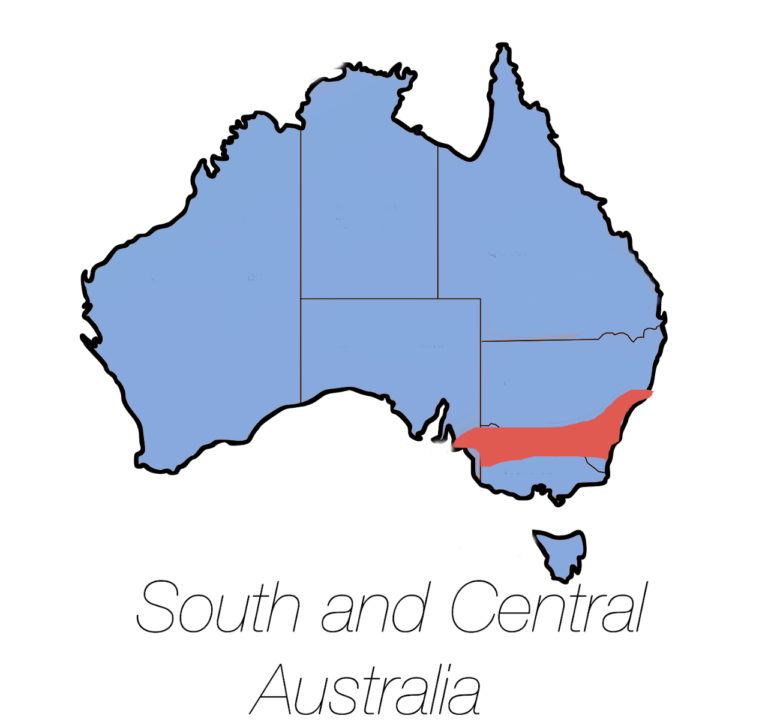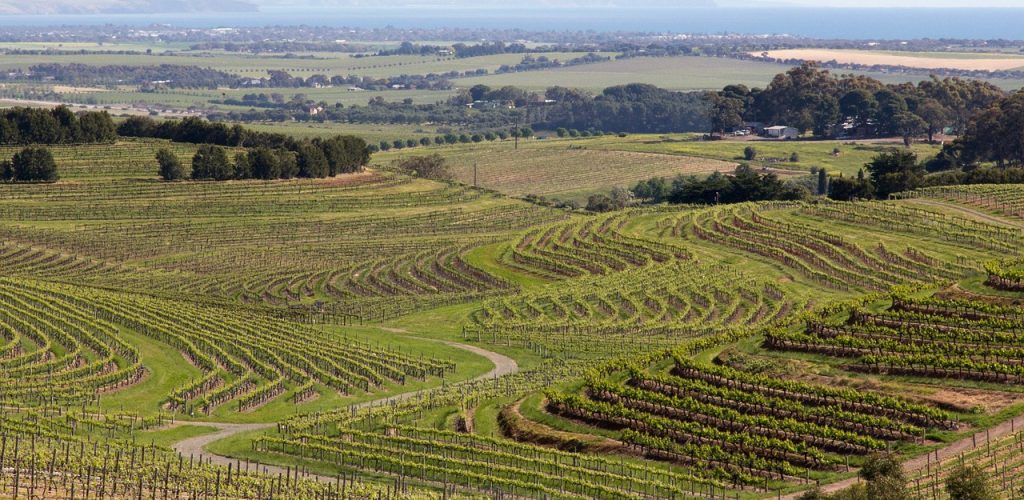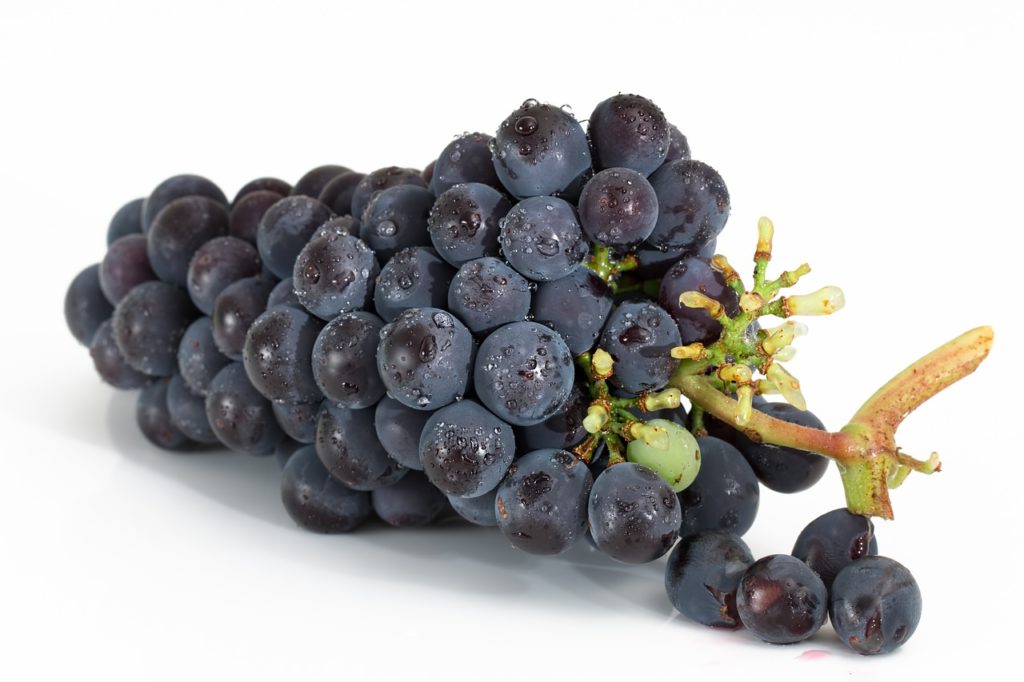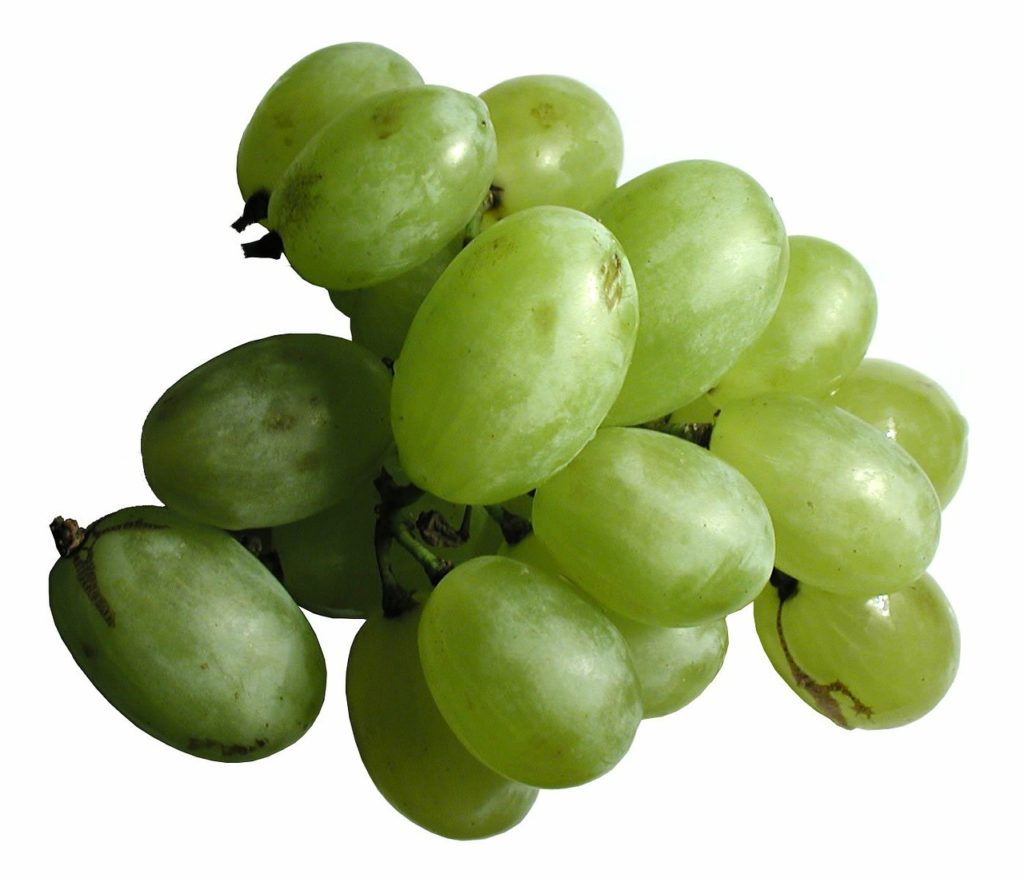Australia;
A Wine Guide
Australian wine has had incredible highs and lows since its inception, but the quality and value it offers wine lovers has never been in doubt. This new world wine region is once again on the rise. Australia exports predominantly to the UK and US, with more than 60 per cent of the country’s wines being shipped for export.




So why is Australian wine so famous?
Australian wine rose to fame in 1990s, when between 1995 and 2005 the number of Australian wine companies doubled. Australia’s warm climate and huge land mass means it has the ability to grow grapes in large quantities, and its modern winemaking practices can see good quality wine produced and exported quickly. Moreover, its relationship with the UK and the US means that every supermarket, off license and outlet will have a selection of critter-embossed (think ‘Yellow Tail‘ for instance) bottles to choose from. Whether you’re looking for an every night sipper, or something a bit more special, Australia makes both!

The History of Australian Wine
Australia’s wine history is a short yet fascinating one. Unlike the rest of the new world, vines weren’t planted in Australia until the late 1700s (approximately 100 years after other new world countries; such as the USA and South Africa). They were planted by early English colonists in what is now modern-day Sydney (where the first penal colonies were). However, the land was incredibly humid and hot, meaning that the grapes suffered from terrible rot and the vines ultimately withered and died.
By the mid 19th century, viticulturists from all over Europe began arriving on Australian shores, bringing their advanced winemaking practices with them. Australian wine began to develop and grow, with plantings moving inland; towards the southern coastal regions, like Hunter Valley.
While Australia wasn’t struck as badly as Europe with the Phylloxera disease; it was still discovered in Victoria in 1877. It destroyed some crops entirely, especially in Victoria and the neighbouring regions.
By the late 1960s, the wine industry in Australia really began to boom. Evolving globalisation and Australia’s growing economy meant that wine production was ramped up. By 2010, Australia was exporting 134 million cases of wine (up from 1 million in 1960).
To this day, Australia remains one of the leaders of wine exporting, with more than 60 per cent of its wine exported. In fact, Australia produces so much wine that it often fails to sell it all; with it often overproducing. This led to serious problems in the late 00s when it had nearly 40 million excess cases of wine unsold – meaning several areas of vine plantings had to be destroyed to make up for the economic impact.

What grapes grow in Australia?
The reds
- Shiraz
Known as ‘Syrah’ in France, Shiraz is Australia’s leading grape. It can make gorgeous, complex wines at varying prices and can also be blended into Rhone-style wines.
- Cabernet Sauvignon
With Australia’s warm climate, growing ripe Cabernet Sauvignon that packs a punch is no problem; these wines are incredibly powerful. Look out for complex styles coming out of Margaret River.
- Grenache
Again, another grape that thrives in Australia’s climate – Grenache brings fruity flavours to either single varietal wines or especially when blended with either Shiraz or Cabernet Sauvignon.


The whites
- Chardonnay
The leading white grape of Australia, Chardonnay is grown in nearly every region. You can have unoaked fruity styles which are a pure and lovely expression of the grape or a butter, fuller bodied wine to rival Napa.
- Sémillon
Sémillon is one of Australia’s signature grapes and creates an array of complex wines. The younger versions are fruity and crisp, as they age become honeyed and golden.
- Riesling
Riesling, especially from the Clare Valley and Eden Valley, are incredible examples of how versatile Riesling can be. It is filled with complex, aromatic flavours and can be made dry to sweet. It also have notable aromas of petrol.
